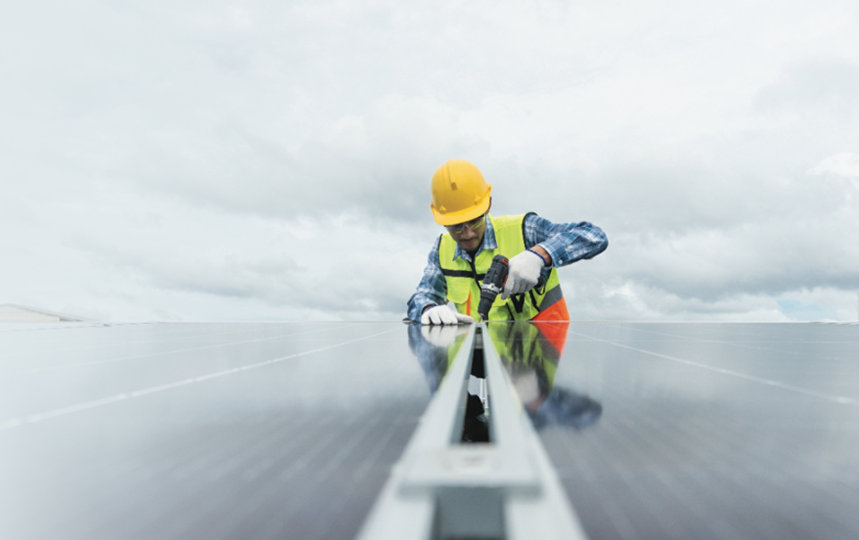Our commitments
We aim to develop technology that is inclusive, trusted, and advances sustainability progress. In 2020, we announced our sustainability commitments and detailed plans for working toward a more sustainable future.
Carbon negative
By 2030, we’ll be carbon negative. By 2050, we’ll remove our historical emissions since our founding in 1975.
Zero waste
By 2030, we’ll be zero waste across our direct waste footprint.
Water positive
By 2030, we’ll replenish more water than we consume across our direct operations.
Protect and preserve ecosystems
By 2025, we’ll protect more land than we use.
Our progress
When we announced our climate commitments in January 2020, we also committed to transparency in sharing our learnings. We aspire to build a world better than the one we found.

Investing in carbon-free renewable energy
In 2024, we contracted an additional 19 GW of new renewable energy across 16 countries, and we expanded into nuclear energy with the signing of our first large-scale nuclear energy PPA with the Crane Clean Energy Center.

Replenishing water used
Since the program’s inception, we’ve contracted water projects expected to deliver more than 100 million cubic meters of replenishment volume over their lifetimes.

Reducing waste
In FY24, we diverted 25,603 metric tons of operational waste from landfills and incinerators across our owned datacenters and campuses.

Protecting more land than we use
We permanently protected 15,849 acres of land—exceeding our land protection target by more than 30%. As of FY24, we’ve contracted to protect an additional 17,439 acres.
"In the last year, the urgency of climate change has driven world leaders and experts to increase collaboration, with AI offering new opportunities to speed up the availability of climate solutions."
—Melanie Nakagawa, Corporate Vice President, Chief Sustainability Officer, Microsoft

Engineered wood slashes carbon emissions in new datacenters

3 ways AI is helping the planet

Using AI to help conserve drinking water
Our programs
We partner with organizations to provide grants and funding that help drive innovation and impact toward building a sustainable future.

Carbon removal
We look for solutions that have potential for positive impact, are transparent, and use market intelligence.

Carbon reduction
As we work to reduce the carbon intensity of our operations, we prioritize solutions that align with our sustainability goals.

Water replenishment
We see water replenishment, a key pillar of our 2030 water positive goal, as a way for our company to help restore and protect the water basins where we operate.

Climate Innovation Fund
We’re investing to accelerate new and existing climate technologies and solutions, focusing on climate impact, underfunded markets, climate equality, and shared alignment.
Our contributions
In addition to embedding science and sustainability into the way we do business, we believe that our greatest contributions to a sustainable future come from enabling our customers, partners, and suppliers on their own journeys.
Supply chain integrity
Microsoft works with hundreds of suppliers around the globe to help ensure transparency and ethical standards across our supply chain.
Sustainability science and innovation
Our dedicated Sustainability Science and Innovation team helps to ensure that our sustainability work at Microsoft is grounded in the best available science.
Microsoft Climate Research Initiative
Accelerating cutting-edge research in climate science and technology is a priority for this multidisciplinary community of researchers.
AI for Good Lab
Through the Microsoft AI for Good Lab, Microsoft supports researchers worldwide to address sustainability challenges with new AI-driven tools.
Latest news
Recent news and perspectives on today's pressing societal and tech issues from Microsoft.

Accelerating progress to 2030

Accelerating Sustainability with AI: Innovations for a Better Future

Advancing biodiversity with AI

Accelerating AI opportunity and climate solutions in Africa
Microsoft reporting may be found in the environmental sustainability section of our Reports Hub.


